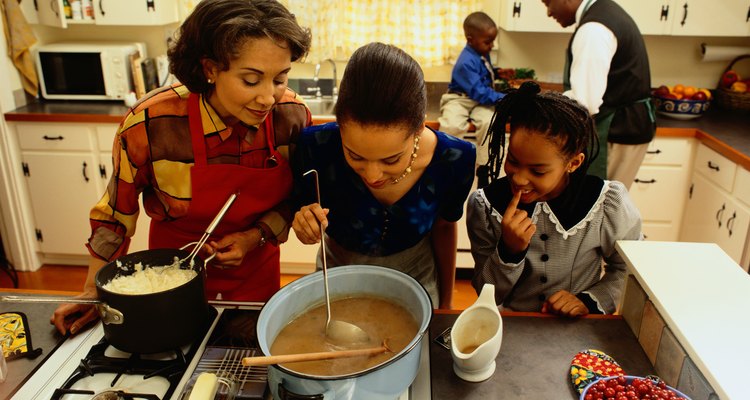
Good gravy is rich and soul-satisfying, yet it can be frustrating to get the texture and taste just right. Making gravy from scratch using grain-based thickeners can impart a raw, starchy taste unless it is cooked, and the method varies slightly depending on which thickener you choose. But the key to achieving good-tasting gravy from scratch begins with meat drippings right from the pan.
Leaving the Fat in the Pan
Making a rich-tasting country gravy from scratch is not a fat-free endeavor. The best flavor comes from the meat drippings, which means the meat should not be pre-cooked, formed or shaped into patties or links. Use the meat juices in the pan that come from cooking a whole bird, frying up a pork chop or steak, or crumbing the raw sausage that comes frozen in a roll. The brown bits that stick to the pan add flavor and a velvety texture. Use about 2 tablespoons of juice for every 2 cups of gravy, and the results will taste less like flour and more like the flavors of the meat.
Keeping in the Meat
When making country gravy from ground sausage or beef, there can be a large variation in the amount of drippings left in the pan once the meat has browned. If the meat is especially lean, try leaving it right in the pan rather than removing or draining the drippings. The juices clinging to the meat crumbles will give boosted flavor to your gravy. Sprinkle in 2 tablespoons of flour for each cup of gravy right over the meat, and cook until the flour soaks up all of the juices and begins to brown. This process is called making a roux, and is a crucial step when making flour-based gravy without a raw, floury taste.
Boiling Out the Starch
Once the flour and meat-drippings mixture begins to brown, it’s time to slowly add your liquid. Choose cream, whole or low-fat milk, broth or water and pour about 2 cups into the pan while whisking or stirring. The continuous motion will prevent lumps from forming. Gravy made from flour needs about 20 minutes of total cooking time to remove the floury taste. This is not the case when using other thickeners.
Cooking with Cornstarch
Although it has more of a neutral taste, gravy thickened with cornstarch can impart a starchy, pasty flavor if not mixed into a slurry first and cooked long enough. Before adding cornstarch to your meat crumbles or pan drippings, mix 1 tablespoon of starch with about 1/4 cup of cold water to prevent any lumps from forming. Add your slurry to your pan juices and whisk, alternately stirring and adding another 2 cups of liquid – either broth, milk or water. Cook on medium-low heat, stirring continuously, allowing the gravy to simmer and thicken for about 5 minutes. Cornstarch does not like too much heat and will start to break down if boiled.
Related Articles
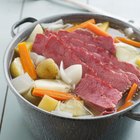
How to Slow Cook a Joint of Beef
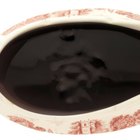
How to Make Gravy From Gravy Mix

How to Make Simple Homemade Gravy

How to Cook Moose Meat

How to Make a Roux to Thicken Up Soup

Recipes for Enameled Cast Iron Cookery

How to Make Prime Rib Pan Gravy

Can You Use Flour to Thicken Chili?

How to Store Cooked Ground Beef
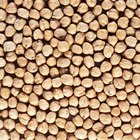
How to Roast Chickpea Flour
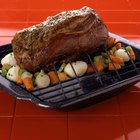
How to Cook a Whole Sirloin Tip Beef ...

How to Make Salisbury Steak Using Cubed ...

How to Cook Couscous With Chicken Broth

How to Thicken Beef Stroganoff
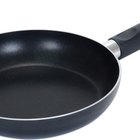
How to Cook Beef Top Round Pot Roast

How to Make Red-Eye Gravy

Substitutes for Garbanzo Bean Flour

How to Cook Pork in a Skillet
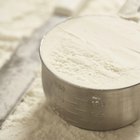
How to Tenderize Meat With Flour

Can You Use Corn Meal to Make Tamales?
References
Resources
Writer Bio
For more than 10 years, Carol Butler has run a small, off-grid furniture business with her husband and is a regular contributor to the Edible community of magazines. As staff writer for RichLife Advisors, she covers financial planning and other industry-related topics. She holds a B.F.A. in theater arts.
Photo Credits
Ryan McVay/Photodisc/Getty Images